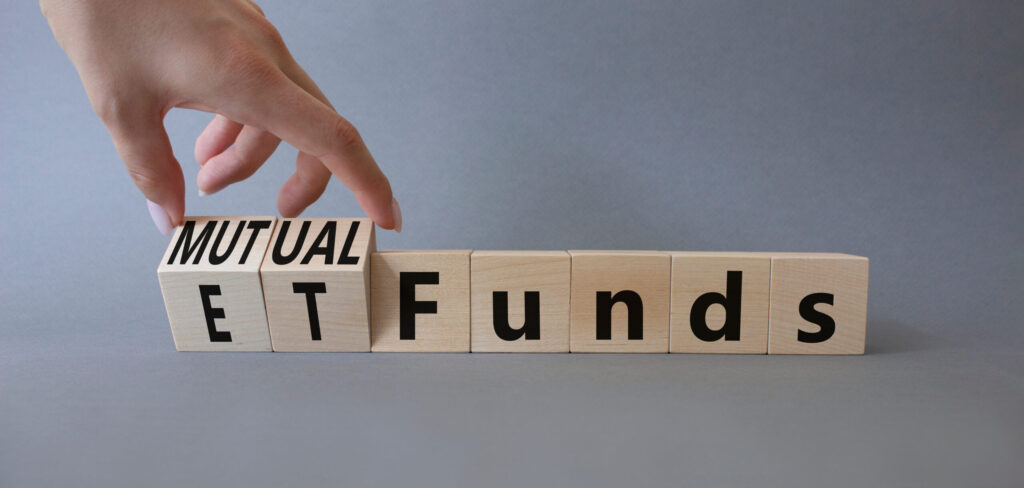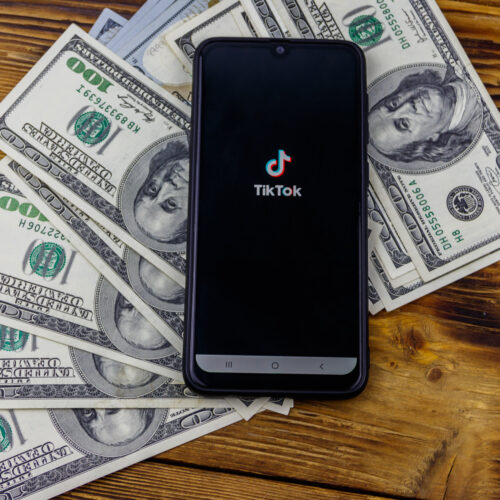Welcome back, fellow 401(k) newbies!
I’m Emma, your young-adult guide to retirement savings. In my last post, we uncovered the secret recipe for growing your 401(k) snowball through the power of compound interest.
Today, we’re tackling the intimidating by uncovering the world of Exchange Traded Funds (ETFs) and Mutual Funds. Trust me, they sound impossible to understand, but by the end of this post, you’ll see why ETFs are the real investing superheroes. And better yet, why saveday is the well-calculated call for your 401(k).
ETFs and Mutual Funds: Understanding the Basics
Alright, let’s get down to business. ETFs, also known as exchange-traded funds, are like those mixed bags of trail mix your dad grabs for road trips. (Or was that just my dad?) Instead of snacks, they contain a blend of stocks, bonds, and commodities for diversification. But here’s the exciting part: you can buy and sell ETFs throughout the trading day. Flexibility is the key to successful investing, my friends.
Now, let’s turn our attention to Mutual Funds. They’re like the well-meaning, but inflexible siblings of ETFs who always need a pit stop during the road trip. Mutual Funds can only be traded when the markets are closed. While they offer diversification and professional management, they lack the flexibility that makes ETFs so appealing.
Mutual Funds: Limited Options and Pricing Challenges
Ah, Mutual Funds. They mean well, but they come with their limitations. Buying and selling Mutual Funds takes an entire day, leaving you tapping your foot and anxiously waiting for that check. Even worse, Mutual Funds can only be bought or sold at their net asset value (NAV). This value represents the total worth of the fund’s assets minus liabilities, divided by the number of outstanding shares.
In simpler terms, the NAV pricing structure has its disadvantages. You can only trade Mutual Funds at the NAV price when the trading day ends. So, if you want to make a move during the day, you’ll have to wait until the market closes. This lack of flexibility can be frustrating, especially when you want to react quickly to market changes. Your wallet might miss out on potential gains.
Even worse, Mutual Funds often come with higher fees compared to ETFs, gobbling up more of your hard-earned returns. These fees include expense ratios, which cover the fund’s operating costs, and sales loads, which are charges incurred when buying or selling Mutual Funds. It’s like a road-trip buddy that insists on staying at expensive hotels, draining your travel budget!
ETFs and Your 401(k): Unleashing the Benefits
That’s why saveday has your back with ETFs. Unlike Mutual Funds, which make you wait and potentially miss out on more retirement savings, saveday can make immediate moves based on Nobel Prize-winning strategies (they follow Modern Portfolio Theory). The lower fees associated with ETFs also help keep your costs down, leaving more of your nest egg ready to hatch into the sunny seaside retirement you deserve.
Honestly, the more I learn about saveday, the happier I am that my employer chose them for my 401(k) plan. And if you have any more questions, head over to the saveday blog. They have a treasure trove of resources to help you make informed decisions and supercharge your retirement savings.
Join me next week as we dive into the exciting topic of Employer Matching Contributions and what they mean for the future you and I are building!
Happy Saving!
-Emma






